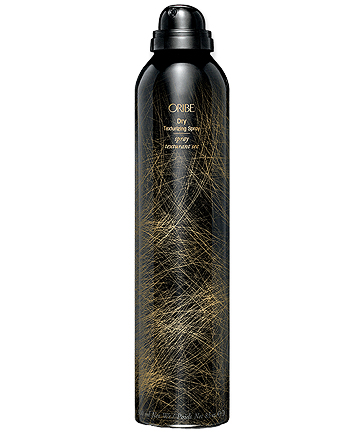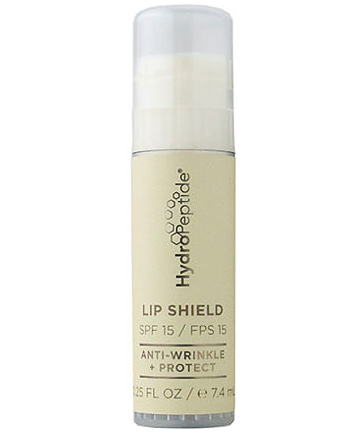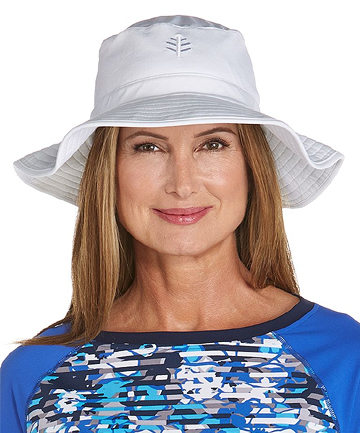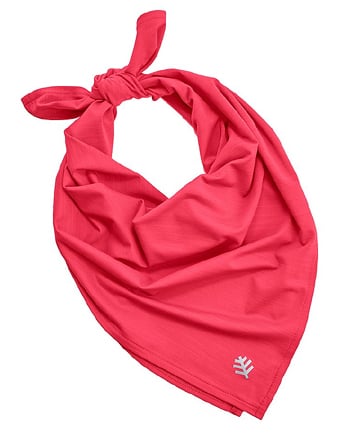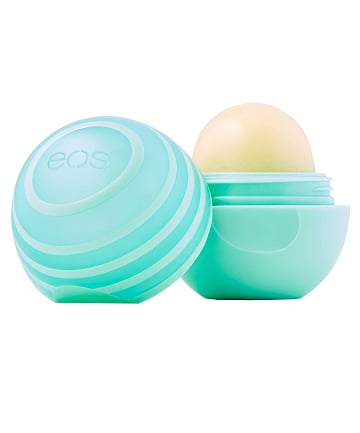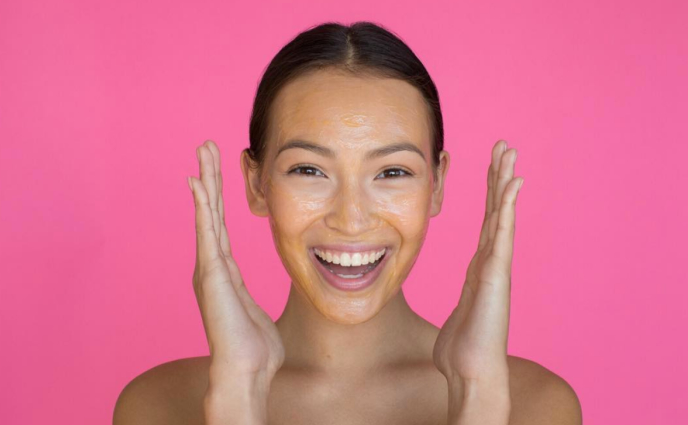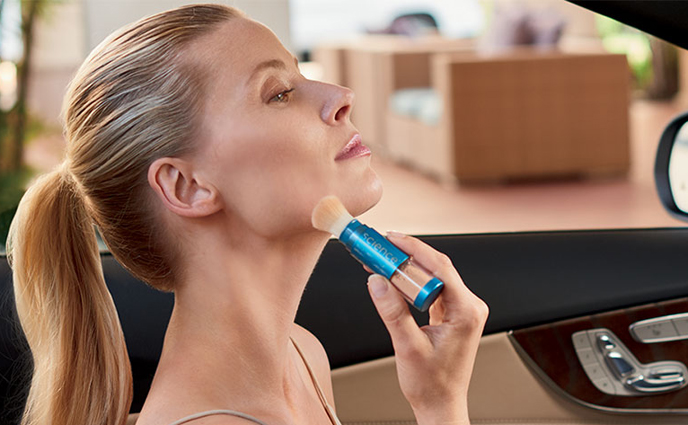Who said dermatologists spend all their money on skin care products? Of course, in addition to a top-notch SPF, Lily Talakoub, MD, owner and chief dermatologist at McLean Dermatology and Skincare Center, always packs this texturizing spray in her beach bag. "We all know that blow-drying your hair before heading to the beach is a lost cause—straight hair gets frizzy, curly hair is even more frizzy—so whenever I know I'll be beaching it, I give into what nature gave me and try to work with it," she says. "I let my hair air dry and spray this texturizing spray which de-frizzes, highlights and sculpts waves and holds the style all day." She claims that it gives her hair those natural beachy waves without unbearable frizz and also builds volume at the crown—always a plus!
Buy now
Buy now
When it comes to sun protection, lips often get left out, but they shouldn't! In fact, according to Joyce Imahiyerobo-Ip, MD, director of cosmetic dermatology at South Shore Medical Center in Norwell, Massachusetts, lips are one of the most dangerous places to get a skin cancer. "It's a location where cancer can metastasize quickly," she says. Her go-to protection is to use Lip Shield by Hydropeptide, which has a broad spectrum SPF 15 and is waterproof. "It doesn't leave my lips looking chalky white like other lip sunscreens that I have tried and it's extremely hydrating thanks to shea butter and jojoba oil."
Buy now
Buy now
UPF clothing is one of NYC dermatologist Debra Jaliman's favorite items for the summer. "Clothing, hats and other fabrics that protect you from the sun have a UPF rating," she explains. "The UPF value is the measure of the amount of UVA and UVB radiation that enters the fabric and reaches the skin." She recommends Coolibar UPF clothing, which has swimwear, casual wear, hats and many other accessories, to both adults and children. One of her favorite items is the Women's Chlorine Resistant Bucket Hat UPF 50+, which she says is great for lounging at the pool or beach, or just walking around in the sun. "Not only does it have a sun protection rating of UPF 50, but it is chlorine- and saltwater-resistant," she says.
Buy now
Buy now
If you're a dermatologist, you know that protecting your skin at the beach means doing more than just applying sunscreen. "You should also pack an umbrella so you can seek shade during the sun's strongest hours from (10 a.m. to 2 p.m.), wear protective clothing and accessories, such as wide-brimmed hats and UV-protectant sunglasses, and my favorite secret beach item—a neck gaiter or neck bandana," says Jerome Garden, MD, director of the Physicians Laser and Dermatology Institute in Chicago. He, like Jaliman, also recommends Coolibar products to most of his patients, specifically the bandana scarves. "Protecting your neck from the sun can help avoid changes to your neck as you age, such as poikiloderma of civatte (the so-called 'red neck'), cutis rhomboidalis nuchae and general neck skin laxity," he adds. "While many of these skin changes can be helped with various lasers and devices, save yourself some money and invest now in a simple way to protect your neck!"
Buy now
Buy now
Even if it is a cloudy day, Marnie Nussbaum, MD, dermatologist at Medical, Cosmetic & Laser Dermatology in New York City, urges patients to protect their skin with at least 30 SPF and not to forget a hat and sunglasses. "The skin on lips is extremely thin, making them more vulnerable to sun damage," she adds. "In order to protect them, it is important to have a lip balm with SPF in your beach bag." She loves this one from EOS because it offers SPF 30 UVA/UVB protection and provides 80 minutes of sweat and water resistance.
Buy now
Buy now


